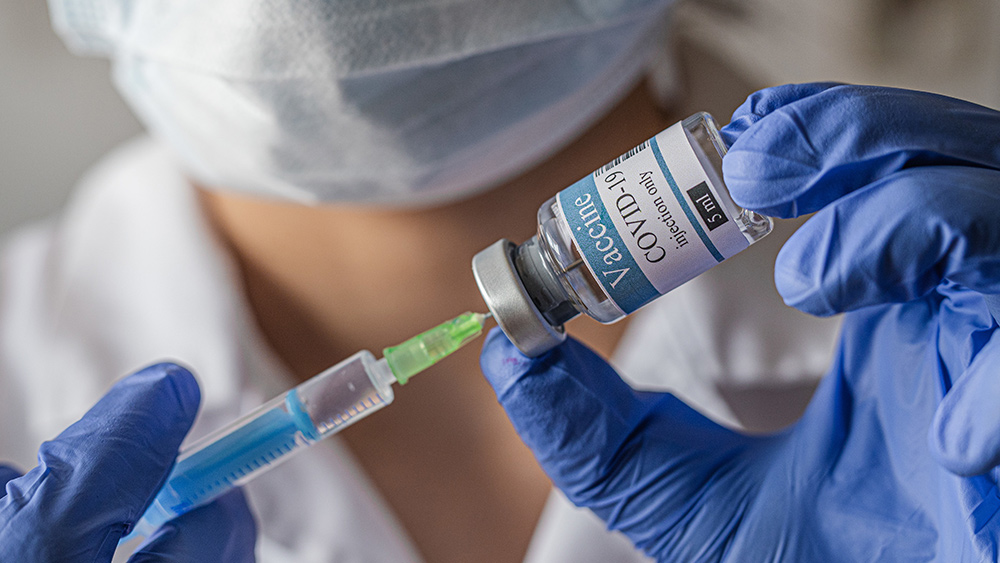
The latest data would seem to suggest that the AstraZeneca vaccine is only 62 percent effective, though the company, which developed its vaccine in partnership with the University of Oxford, is still attempting to get it commercially approved for widespread global release.
Researchers from AstraZeneca have submitted their data to regulators which, if approved, will mean that people in the U.K., Brazil, India and various countries throughout Europe could soon be getting vaccinated for the Chinese Virus with AstraZeneca's syringes.
A peer-reviewed study published in The Lancet claims that the AstraZeneca jab "has an acceptable safety profile and has been found to be efficacious against symptomatic COVID-19." However, many trial participants have fallen ill, including several who developed Bell's Palsy after getting their dose.
Half-dose vaccine not tested on anyone over 55 years old
Another glaring problem with the study is that nobody over 55 years of age was included in the earlier test group, which just so happened to "accidentally" receive only a half dose of the vaccine rather than the planned full dose.
Had these older people been included, AstraZeneca's Chinese Virus vaccine probably would have had a significantly lower "success" rate than even the dismal 62 percent that it reported, which in and of itself is likely overinflated.
Only 20 percent of patients in the global trials were over 55 years of age, and all of them received much higher doses of the vaccine. This is simply too small a sample size for this demographic, considering elderly people are the only ones at any significant risk of Wuhan coronavirus (COVID-19) infection.
AstraZeneca hilariously claimed that a "dosing error" was responsible for the administration of half doses of the vaccine. And these half doses just so happened to produce "serendipitous" results for the company.
"That mistake was later heralded as a happy accident because the group appeared to show much higher levels of efficacy," reported Zero Hedge. "But all of this needs more study considering the number of patients that received this combo was smaller than all the other groups (only 1,367)."
Independent experts who have looked at AstraZeneca's data agree that the half-dose group was simply too small to produce reliable results. This smaller group, AstraZeneca tried to claim, supposedly saw more benefits than the larger group due to getting only half the dose of the vaccine.
Meanwhile, Pfizer and Moderna are claiming a 90 percent success rate from their respective vaccines, which are hogging the spotlight as the vaccine candidates of choice, at least here in the United States where Operation Warp Speed is about to be "powerfully" executed by the military at Trump's order.
"There is no current technology that would enable the creation of a safe envelope virus vaccine. None. Not even in the foreseeable future," wrote one Zero Hedge commenter. "Anyone who claims different is lying or ignorant."
"The double lipid bilayer of them means you cannot separate the virial proteins from your own cells, meaning autoimmune reactions are not avoidable. This was observed in every animal trial for these types of vaccines. They are now skipping animal trials to 'solve' that problem. They are trying to hide it with very low doses and multiple rounds, which means they are not creating a working vaccine. They don't need to, because this virus is not dangerous to begin with."
More related news about the Wuhan coronavirus (COVID-19) can be found at Pandemic.news.
Sources for this article include:
Please contact us for more information.






















